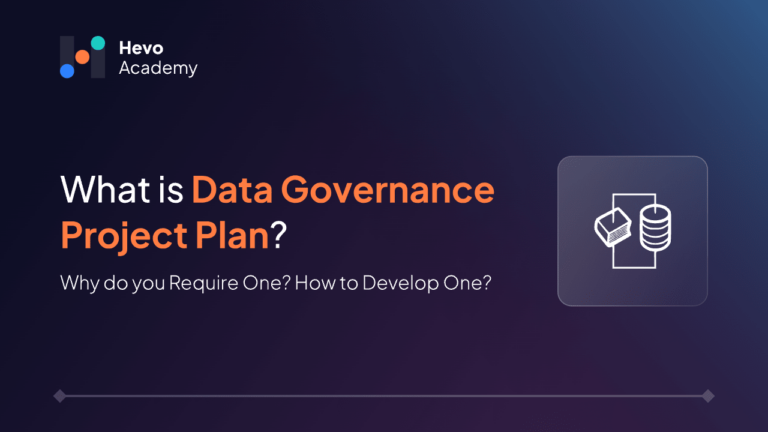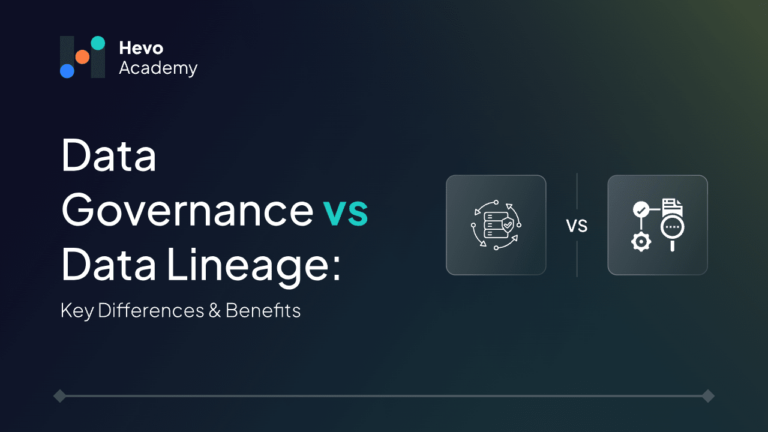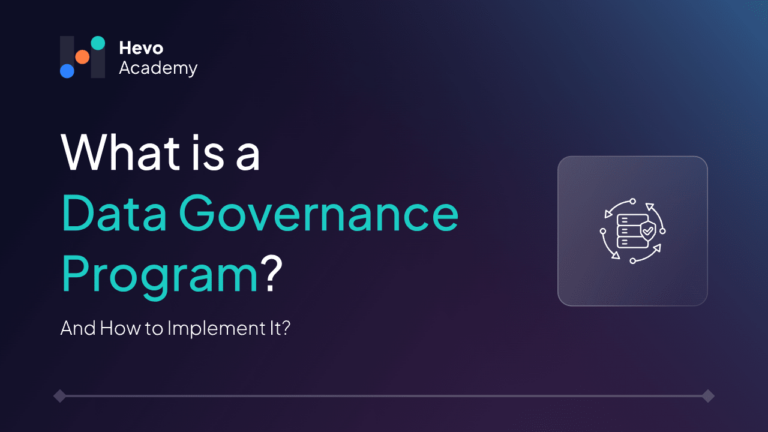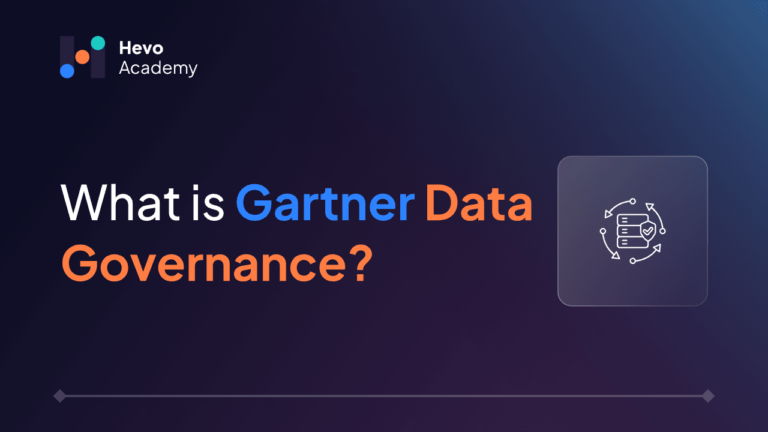There was a time when businesses relied on gut instincts and personal opinions to make big decisions. Now, envision that same world today but this time, data is messy. According to Gartner, “Every year, poor data quality costs organizations an average of $12.9 million.” Timur Yarnall, CEO of Neutronian, says that the costs of faulty data include inaccurate insights, wasteful investments, lost productivity and ineffective marketing campaigns; all are leading towards huge financial losses.
Table of Contents
In 2024, businesses are producing an unprecedented amount of data but unfortunately, not all of it can be trusted. An IBM study reveals that inadequate data quality results in a shocking cost of approximately $3.1 trillion for companies in the U.S. alone. The figure is surprising, highlighting the importance of maintaining clean and well-governed data. In the absence of a well-structured strategy, companies face the danger of incurring costly errors, overlooking potential growth avenues and damaging their credibility with customers. Data governance has evolved from being a mere luxury to an essential requirement in our current data-centric landscape.
But what exactly is data governance project plan all about? Why is it so hyped? What are the steps to develop a strategy that ensures your data remains accurate, protected and readily available? This is exactly why you are reading this guide; we will discuss the essentials of a data governance project plan and steps to create a strong framework for your business.
What is a Data Governance Project Plan?
A data governance project plan is a thorough road map that describes the data management processes used by an organisation. Take it as a rulebook or a set of guidelines for your data systems that ensures your data is treated as a valuable asset. Every piece of data from sales information to customer reports is governed according to these rules. It covers everything from who owns the data, how it’s stored, who has access to it and how it’s used. Most importantly, it’s about ensuring the data is accurate, consistent and secure.
The plan must address essential aspects such as ensuring data quality, maintaining data security, adhering to regulatory compliance and managing changes in your data environment. A well-structured plan is essential for organisations to navigate the growing volume and complexity of data. Without it, they risk facing inefficiencies, costly errors and potential legal issues.
A well-executed data governance project plan gives everyone in the organization—whether they’re in IT, marketing, finance, or operations—a clear understanding of how to manage and protect data. It also helps the business make better decisions based on accurate information.
Why Do You Require a Data Governance Project Plan?
We have discovered four essential reasons why every organisation should implement a data governance plan:
- Prevent Costly Errors
Poor data leads to poor decisions. A case study by Gartner found that companies using low-quality data for decision-making are more likely to make costly mistakes. For example, a retail company depends on inaccurate sales data for inventory forecasting. This could result in overstocking or understocking. Both situations can negatively impact their financial performance. - Better Regulatory Compliancy
Regulations such as the General Data Protection Regulation (GDPR) in Europe mandate that businesses manage data with care. Weak data governance increases a risk of facing legal and financial penalties. A data governance plan ensures that you comply with these regulations and protect sensitive customer information. Meta was fined 1.2 billion euros by the Irish Data Protection Committee for not complying with GDPR. This fine serves as a clear warning to companies that the GDPR’s requirements must be taken seriously and non-compliance can result in severe financial consequences. - Better Operational Efficiency
When everyone follows the same rules for managing data, it streamlines operations. An effective data governance framework empowers teams to quickly access the information they require, eliminating the hassle of going through disorganised data or questioning the accuracy of the data. A study from McKinsey found that companies with strong data governance practices are 50% more efficient in their operations than those without. - Stronger Data Security
Data breaches are on the rise. The biggest data breach in history occurred in 2016 when Yahoo revealed that 3 billion users had been compromised in a series of data breaches between 2013 and 2014. There were 41 class-action lawsuits and a hefty fine of 35 million dollars for not disclosing the full details of the breaches. A data governance plan improves security by protecting sensitive information and restricting access to authorised individuals only.
How to Develop a Data Governance Strategy
We need a structured approach to build a data governance plan. Most effective plans usually have a structured methodology that includes everything from goal-setting to evaluation of results. The following steps can help you design and develop a strong data governance plan:
Define Your Objectives
Before you start, it’s essential to be clear on why you need data governance. Are you looking to improve data quality for better decision-making? Are you focusing on compliance? Your goals will define the entire process.
A healthcare organization may prioritize compliance with regulations to manage sensitive data privacy. Retail businesses could focus more on the accuracy of their customer data to improve their personalised marketing strategies.
Identify Stakeholders and Assign Roles
Data governance should be initiated by the whole company not just by the IT department. You should start by identifying the major stakeholders in different departments such as IT and marketing departments have different groups. These stakeholders will help shape the policies and processes for managing data across the organization.
Later, you should define clear roles with responsibilities. Consider having a data steward in each department to manage data quality effectively. You might need a data governance council that meets regularly to evaluate the success of your governance plan.
Develop Policies
Once your team is in place, it’s time to create the rules. These should cover everything from how data is collected, stored, accessed and used. The main areas that should be focused on are:
- Data Quality Standards
Define what constitutes high-quality data for your organization. Is it accuracy? Or completeness? Timeliness? - Data Security
Set rules on who can access certain types of data and how it should be protected (e.g., encryption, password protection). - Data Classification
Organize your data into categories (e.g., public, confidential, highly sensitive) to determine the appropriate level of security and handling.
Choose the Right Data Governance Tools
Technology plays a critical role in data governance. You’ll need tools for monitoring the quality of the data. We need to make sure that policies are being followed.
When selecting a data governance tool, consider factors such as scalability, ease of integration with your current systems, and the tool’s ability to handle complex data environments. Many companies choose platforms such as Informatica due to their custom features designed for regulating data governance processes.
Train Your Employees
Policies and tools only work if employees understand how to use them. Invest in training programs to make sure that all staff members, from entry-level workers to your executive team, are aware of the significance of data governance and how to abide by the regulations.
Procter & Gamble runs regular data governance workshops to educate employees on data handling best practices, ensuring that everyone contributes to maintaining high data standards.
Monitor and Improve
Data governance isn’t a “set it and forget it” process. Assess your plan’s effectiveness and make improvements. Measure your governance plan’s effectiveness using data correctness, security incidents and compliance audit findings.
Many organizations, like Siemens, use key performance indicators (KPIs) to continuously assess their data governance programs. By tracking these metrics, they can identify areas for improvement and ensure that their data governance remains aligned with business goals.
What to Consider Before Choosing a Data Governance Tool
You need to choose the right tools for a data governance plan. There are many factors that are taken into consideration but these are the most significant points:
- Scalability
As your data grows, it’s essential to have a solution that can adapt and grow too. You need to ensure that the tool you select is capable of managing increasing amounts of data while maintaining optimal performance. - Ease of Integration
The tool should work well with all existing systems. It should be able to work with major platforms such as CRM or ERP. The tool should integrate smoothly without requiring significant changes to your tech stack. - User-Friendly Interface
The tool should be simple to use by all employees. Training should obviously be prioritized but when your tool is so complex to use, it takes more resources to train as well. The more user-friendly the tool, the more likely your team is to use it. It is better to improve the user experience and add features like customizable reports that make it easy to manage data governance processes. - Security Features
Data security should be the foremost priority on the list. You should choose a tool with strong encryption capabilities, access controls and audit trails to keep your data secure. - Cost
While it’s important to find a tool that fits within your budget, don’t sacrifice essential features for the sake of saving money. Choose a solution that hits the sweet spot between affordability and functionality.
You can also explore data governance vs data catalog and learn how each contributes to data accessibility, security, and compliance.
Benefits of Data Governance Implementation
There are many benefits to implementing a data governance plan. All of them may significantly impact your business:
- Better Data Quality
Data governance ensures the consistency and reliability of data in the organizations. You can ensure that your data remains updated. This leads to better decision-making.
- Better Regulatory Compliance
A strong data governance framework ensures that you meet all legal and regulatory requirements, reducing the risk of fines and legal action. - Better Decision-Making
When you can trust your data, you can make smarter business decisions. Whether it’s forecasting sales, identifying new market opportunities, or improving customer experiences, high-quality data gives you a competitive edge. - Lesser Operational Costs
A well-organized data governance system streamlines processes, saving time and reducing inefficiencies. - Stronger Data Security
Sensitive information is protected by applying clear data framework and policies on accessibility of data. You can protect sensitive information from breaches and unauthorized access.
To Learn More check out the Blog to Understand Core Data Governance Pillars.
Conclusion
Data is one of the most valuable assets a company has. But to leverage data to its full potential, you need to have a solid data governance plan in place. Data governance is a must-have. Whether it is complying with data regulations, ensuring data privacy, or simply maintaining the accuracy and integrity of data, strong governance frameworks enable organizations to unlock the true value of their data assets. Your data remains accurate, secure and compliant with regulations, allowing your business to make better decisions, improve efficiency and protect itself from costly mistakes.
The following steps give a high-level understanding of a strong data governance plan. Start by defining your goals, assembling the right team, creating clear policies and choosing the right tools. Remember that data governance is an ongoing process regularly review your plan and make adjustments as your data needs evolve.
You can turn your data into a powerful asset that drives growth, innovation and long-term success.
Frequently Asked Questions
What is data governance implementation?
Data governance implementation is the process of establishing policies, procedures, and tools to manage, protect, and ensure the quality of an organization’s data.
How do you create a data governance plan?
Start by defining your objectives, assigning key roles, developing policies, and choosing the right tools. Create a plan to train your employees first and make sure that they understand the processes in the company. Later, you can monitor performance for improvements.
What is a data implementation plan?
A data implementation plan describes the necessary steps for effectively managing your data’s lifecycle which includes collection, storage, security and usage to ensure that all data is appropriately managed throughout the organisation.






